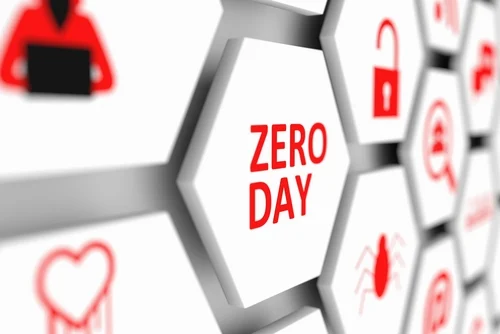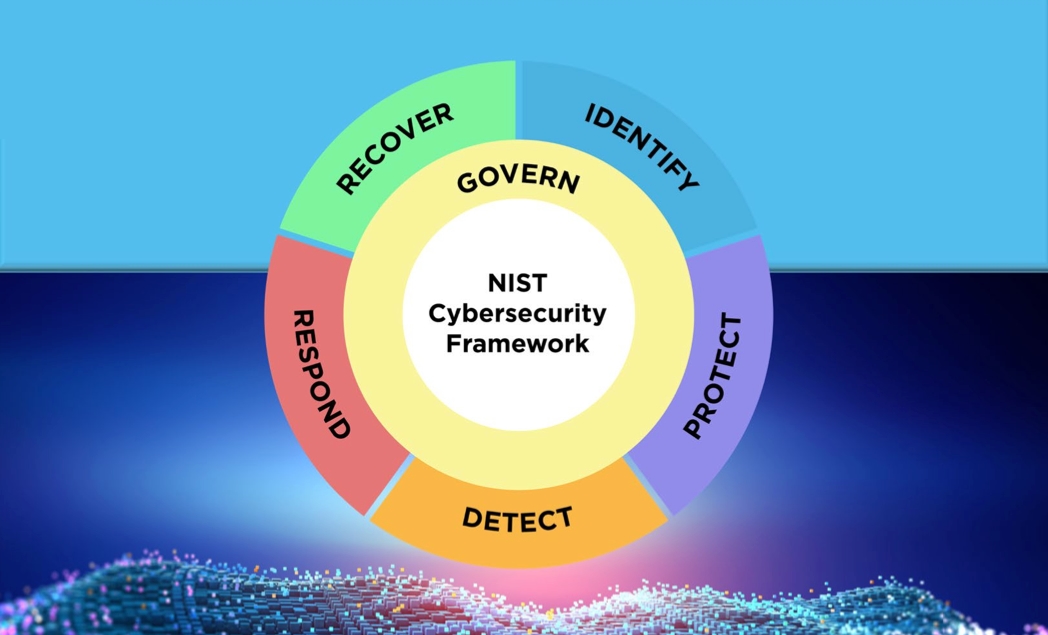Microsoft: Iranian hackers encrypt Windows systems using BitLocker

Microsoft says an Iranian state-sponsored threat group it tracks as DEV-0270 (aka Nemesis Kitten) has been abusing the BitLocker Windows feature in attacks to encrypt victims' systems.
Redmond's threat intelligence teams found that the group is quick to exploit newly disclosed security vulnerabilities and extensively uses living-off-the-land binaries (LOLBINs) in attacks.
This aligns with Microsoft's findings that DEV-0270 uses BitLocker, a data protection feature that provides full volume encryption on devices running Windows 10, Windows 11, or Windows Server 2016 and above.
"DEV-0270 has been seen using setup.bat commands to enable BitLocker encryption, which leads to the hosts becoming inoperable," the Microsoft Security Threat Intelligence explained.
"For workstations, the group uses DiskCryptor, an open-source full disk encryption system for Windows that allows for the encryption of a device's entire hard drive."
The time to ransom (TTR) between the initial access and the ransom note being deployed on locked systems was around two days, and DEV-0270 has been observed demanding victims to pay $8,000 for decryption keys following successful attacks.

DEV-0270 attack chain (Microsoft)
Moonlighting for personal gain
Redmond says this is a sub-group of the Iranian-backed Phosphorus cyber-espionage group (aka Charming Kitten and APT35) known for targeting and collecting intelligence from high-profile victims linked to governments, NGOs, and defense organizations worldwide.
DEV-0270 appears to be moonlighting "for personal or company-specific revenue generation," according to a low confidence assessment from Microsoft.
Based on "numerous infrastructure overlaps," Microsoft says the group is being operated by an Iranian company known under two aliases: Secnerd (secnerd[.]ir) and Lifeweb (lifeweb[.]it).
"These organizations are also linked to Najee Technology Hooshmand (ناجی تکنولوژی هوشمند), located in Karaj, Iran," Redmond added.
"The group is typically opportunistic in its targeting: the actor scans the internet to find vulnerable servers and devices, making organizations with vulnerable and discoverable servers and devices susceptible to these attacks."
Since many of DEV-0270's attacks have exploited known vulnerabilities in Exchange (ProxyLogon) or Fortinet (CVE-2018-13379), companies are advised to patch their Internet-facing servers to block exploitation attempts and subsequent ransomware attacks.
Similar malicious activity linked to a threat group Secureworks tracks as COBALT MIRAGE (with elements overlapping the Phosphorus APT group) was reported by SecureWorks' Counter Threat Unit (CTU) in May.
A review of zero-day in-the-wild exploits in 2023
28 Mar 2024In 2023, Google observed 97 zero-day vulnerabilities exploited in-the-wild. That’s over 50 percent more than in 2022, but still shy of 2021’s record of 106. Today, Google published its fifth annual review of zero-days exploited in-the-wild.
Read MoreVulnerability In 16.5K+ VMware ESXi Instances Let Attackers Execute Code
25 Mar 2024VMware has acknowledged the presence of several vulnerabilities in its products after they were privately reported.The company has released updates to address these issues in the affected software. While each vulnerability is rated as ‘Important,’ their combined potential impact escalates to ‘Critical’ severity. Shadowserver has tweeted a warning about vulnerabilities in VMware ESXi instances. These vulnerabilities can enable a malicious actor with local admin privileges to bypass sandbox protections. Shadowserver is conducting scans and sharing its findings to help mitigate the risks associated with these vulnerabilities.
Read MoreNIST Cybersecurity Framework 2.0: 4 Steps to Get Started
20 Mar 2024The National Institute of Standards and Technology has revised the book on creating a comprehensive cybersecurity program that aims to help organizations of every size be more secure. Here's where to start putting the changes into action.
Read More

